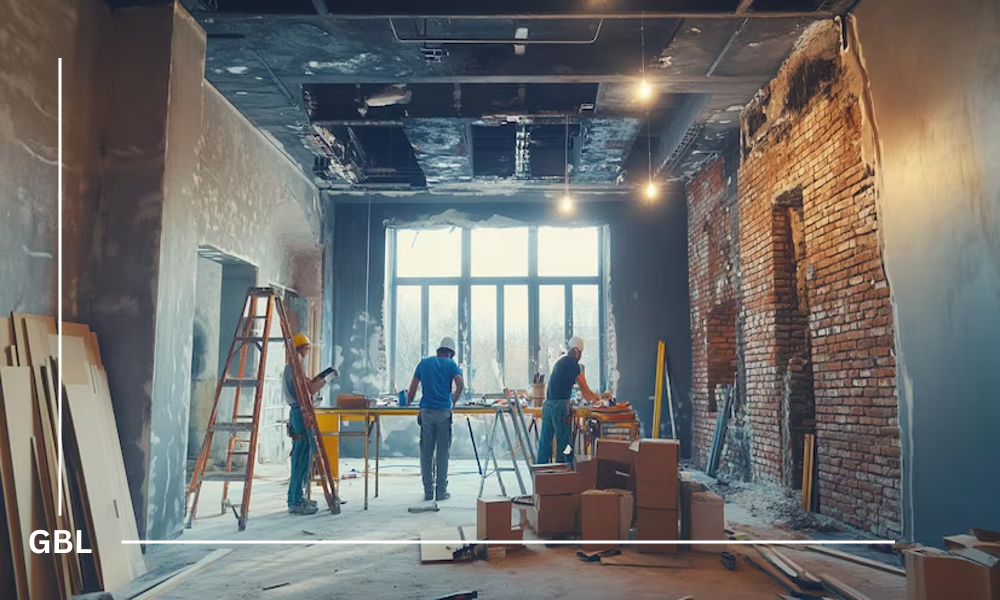In today’s world, where sustainability and efficiency are at the forefront of our concerns, retrofit and renovation projects are becoming increasingly vital. Rather than tearing down old structures to make way for new ones, many are opting to breathe new life into existing buildings, blending the old with the new in creative and sustainable ways.
Retrofit projects focus on upgrading older buildings with modern technologies and energy-efficient systems. Imagine transforming an old office building from the 1970s into a cutting-edge, energy-saving marvel. This can involve installing high-performance insulation, energy-efficient windows, and state-of-the-art HVAC systems. The goal is to reduce energy consumption and operational costs while enhancing comfort and performance.
On the flip side, renovation projects often aim to refresh and reimagine a building’s interior and exterior. This might mean updating outdated decor, restoring original architectural features, or even expanding the space. Renovations can range from a simple kitchen update to a full-scale overhaul of a historic landmark, blending modern functionality with historical charm.
One of the biggest perks of these projects is their positive environmental impact. Renovating and retrofitting existing buildings significantly cuts down on the waste and energy that new construction would typically generate. For example, retrofitting can dramatically lower a building’s energy use, which not only saves money but also reduces its carbon footprint.
Adaptive reuse projects highlight the creative potential of renovations. Consider turning an old factory into a trendy loft or converting a historic warehouse into a bustling community center. These projects preserve architectural heritage while giving buildings a new lease on life, often revitalizing entire neighborhoods in the process.
Of course, these projects come with their own set of challenges. Outdated building codes, unforeseen structural issues, and the delicate balance between modernization and preservation can make things tricky. But with advancements in technology and a growing emphasis on sustainable practices, many of these challenges are becoming easier to navigate.
In summary, retrofit and renovation projects are more than just a way to update old buildings—they’re a crucial part of our move towards more sustainable and efficient living. By breathing new life into existing structures, we not only preserve our architectural heritage but also make strides towards a greener future.













